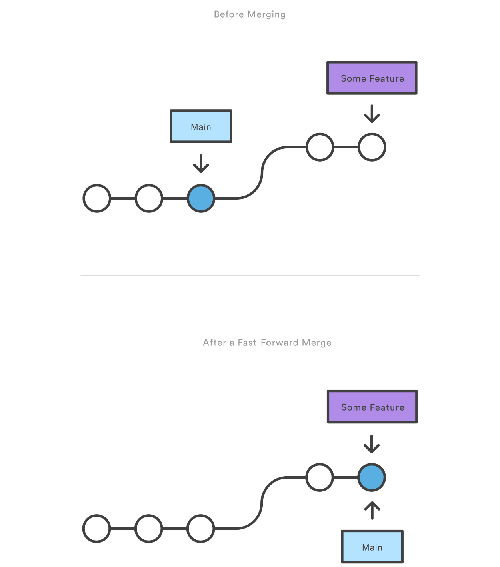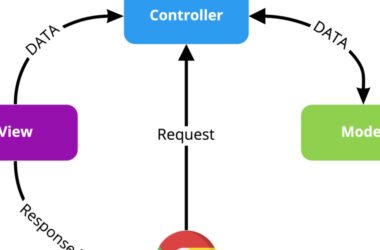Tired of memorizing git commands? Here is a cheat sheet with 40+ commands to simplify your life.
1. Initialize a local repository
git init
The
2. Clone a remote repository
git clone
3. Add a file to the staging area
git add
To add all files in the current directory, use . in place of
git add .
4. Commit changes
git commit -m ""
If you want to add all changes made to tracked files & commit
git commit -a -m ""
# or
git commit -am ""
5. Remove a file from the staging area
git reset
6. Move or rename a file
git mv
7. Remove a file from the repository
git rm
You can also remove it from staging area only using --cached flag
git rm --cached
Basic Git Concepts
- Default branch name:
main - Default remote name:
origin - Current branch reference:
HEAD - Parent of
HEAD:HEAD^orHEAD~1 - Grandparent of
HEAD:HEAD^^orHEAD~2
13. Display branches
git branch
Useful flags:
-
-a: Display all branches (local & remote) -
-r: Display remote branches -
-v: Display branches with last commit
14. Create a branch
git branch
You can create a branch and switch to it using the checkout command.
git checkout -b
15. Switch to a branch
git checkout
16. Delete a branch
git branch -d
You can also force delete a branch using the -D flag.
git branch -D
17. Merge a branch
git merge
Useful flags:
-
--no-ff: Create a merge commit even if the merge resolves as a fast-forward -
--squash: Squash all commits from the specified branch into a single commit
Fast forward Merge
Non-Fast forward Merge
It is suggested to not use the --squash flag as it will squash all commits into a single commit, leading to a messy commit history.
18. Rebase a branch
Rebasing is the process of moving or combining a sequence of commits to a new base commit
git rebase
19. Checkout a previous commit
git checkout id>
20. Revert a commit
git revert id>
21. Reset a commit
git reset id>
You can also add the --hard flag to delete all changes, but use it with caution.
git reset --hard id>
22. Check out the status of the repository
git status
23. Display the commit history
git log
24. Display the changes to unstaged files
git diff
You can also use the --staged flag to display the changes to staged files.
git diff --staged
25. Display the changes between two commits
git diff id 01> id 02>
26. Stash changes
The stash allows you to temporarily store changes without committing them.
git stash
You can also add a message to the stash.
git stash save ""
27. List stashes
git stash list
28. Apply a stash
Applying the stash will NOT remove it from the stash list.
git stash apply id>
If you do not specify the
You can also use the format stash@{ to apply a stash (Valid for all similar stash commands)
git stash apply stash@{0}
29. Remove a stash
git stash drop id>
30. Remove all stashes
git stash clear
31. Apply and remove a stash
git stash pop id>
32. Display the changes in a stash
git stash show id>
33. Add a remote repository
git remote add
34. Display remote repositories
git remote
Add a -v flag to display the URLs of the remote repositories.
git remote -v
35. Remove a remote repository
git remote remove
36 Rename a remote repository
git remote rename
37. Fetch changes from a remote repository
git fetch
38. Fetch changes from a particular branch
git fetch
39. Pull changes from a remote repository
git pull
40. Push changes to a remote repository
git push
41. Push changes to a particular branch
git push
That’s all folks! 🎉
Thanks for reading
Need a Top Rated Front-End Development Freelancer to chop away your development woes? Contact me on Upwork
Want to see what I am working on? Check out my Personal Website and GitHub
Want to connect? Reach out to me on LinkedIn
I am a Digital Nomad and occasionally travel. Follow me on Instagram to check out what I am up to.
Follow my blogs for bi-weekly new tidbits on Dev
FAQ
These are a few commonly asked questions I get. So, I hope this FAQ section solves your issues.
-
I am a beginner, how should I learn Front-End Web Dev?
Look into the following articles: -
Would you mentor me?
Sorry, I am already under a lot of workload and would not have the time to mentor anyone.









